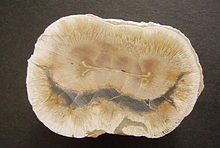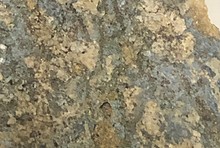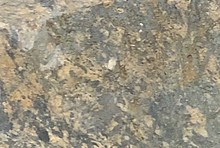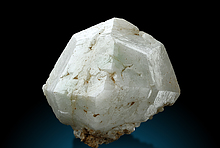Home PageAbout MindatThe Mindat ManualHistory of MindatCopyright StatusWho We AreContact UsAdvertise on Mindat
Donate to MindatCorporate SponsorshipSponsor a PageSponsored PagesMindat AdvertisersAdvertise on Mindat
Learning CenterWhat is a mineral?The most common minerals on earthInformation for EducatorsMindat ArticlesThe ElementsThe Rock H. Currier Digital LibraryGeologic Time
Minerals by PropertiesMinerals by ChemistryAdvanced Locality SearchRandom MineralRandom LocalitySearch by minIDLocalities Near MeSearch ArticlesSearch GlossaryMore Search Options
The Mindat ManualAdd a New PhotoRate PhotosLocality Edit ReportCoordinate Completion ReportAdd Glossary Item
Mining CompaniesStatisticsUsersMineral MuseumsClubs & OrganizationsMineral Shows & EventsThe Mindat DirectoryDevice SettingsThe Mineral Quiz
Photo SearchPhoto GalleriesSearch by ColorNew Photos TodayNew Photos YesterdayMembers' Photo GalleriesPast Photo of the Day GalleryPhotography
╳Discussions
💬 Home🔎 Search📅 LatestGroups
EducationOpen discussion area.Fakes & FraudsOpen discussion area.Field CollectingOpen discussion area.FossilsOpen discussion area.Gems and GemologyOpen discussion area.GeneralOpen discussion area.How to ContributeOpen discussion area.Identity HelpOpen discussion area.Improving Mindat.orgOpen discussion area.LocalitiesOpen discussion area.Lost and Stolen SpecimensOpen discussion area.MarketplaceOpen discussion area.MeteoritesOpen discussion area.Mindat ProductsOpen discussion area.Mineral ExchangesOpen discussion area.Mineral PhotographyOpen discussion area.Mineral ShowsOpen discussion area.Mineralogical ClassificationOpen discussion area.Mineralogy CourseOpen discussion area.MineralsOpen discussion area.Minerals and MuseumsOpen discussion area.PhotosOpen discussion area.Techniques for CollectorsOpen discussion area.The Rock H. Currier Digital LibraryOpen discussion area.UV MineralsOpen discussion area.Recent Images in Discussions
Techniques for Collectorsremoving pyrite from quartz

12th May 2011 14:34 UTCAlbert Russ Expert
12th May 2011 14:36 UTCRock Currier Expert

12th May 2011 14:51 UTCAlbert Russ Expert
12th May 2011 14:59 UTCRock Currier Expert

12th May 2011 15:19 UTCAlfredo Petrov Manager
12th May 2011 16:37 UTCSteve Hardinger 🌟 Expert

19th May 2011 09:52 UTCAlbert Russ Expert
19th May 2011 12:27 UTCAmir C. Akhavan Expert
Do not do it.
Edit: oops - I should have read more carefully. You already did it and there was indeed chlorine gas. But luckily you just killed the gras around the bucket and not yourself...

19th May 2011 13:06 UTCAnonymous User
Interesting results!
However,there are two more ways which are more safe.
1-As mentioned on the forum,the Pyrite should decompose when left in water for a long time.
2-Air abrasive would remove it without problems.Due to hardness difference.
19th May 2011 22:14 UTCRock Currier Expert
19th May 2011 23:59 UTCAmir C. Akhavan Expert
But makes sense.

7th Jun 2012 12:14 UTCAndy
7th Jun 2012 13:41 UTCPeter Haas

7th Jun 2012 17:03 UTCSpencer Ivan Mather
7th Jun 2012 20:12 UTCRock Currier Expert




Mindat.org is an outreach project of the Hudson Institute of Mineralogy, a 501(c)(3) not-for-profit organization.
Copyright © mindat.org and the Hudson Institute of Mineralogy 1993-2024, except where stated. Most political location boundaries are © OpenStreetMap contributors. Mindat.org relies on the contributions of thousands of members and supporters. Founded in 2000 by Jolyon Ralph.
Privacy Policy - Terms & Conditions - Contact Us / DMCA issues - Report a bug/vulnerability Current server date and time: April 23, 2024 12:47:07
Copyright © mindat.org and the Hudson Institute of Mineralogy 1993-2024, except where stated. Most political location boundaries are © OpenStreetMap contributors. Mindat.org relies on the contributions of thousands of members and supporters. Founded in 2000 by Jolyon Ralph.
Privacy Policy - Terms & Conditions - Contact Us / DMCA issues - Report a bug/vulnerability Current server date and time: April 23, 2024 12:47:07











